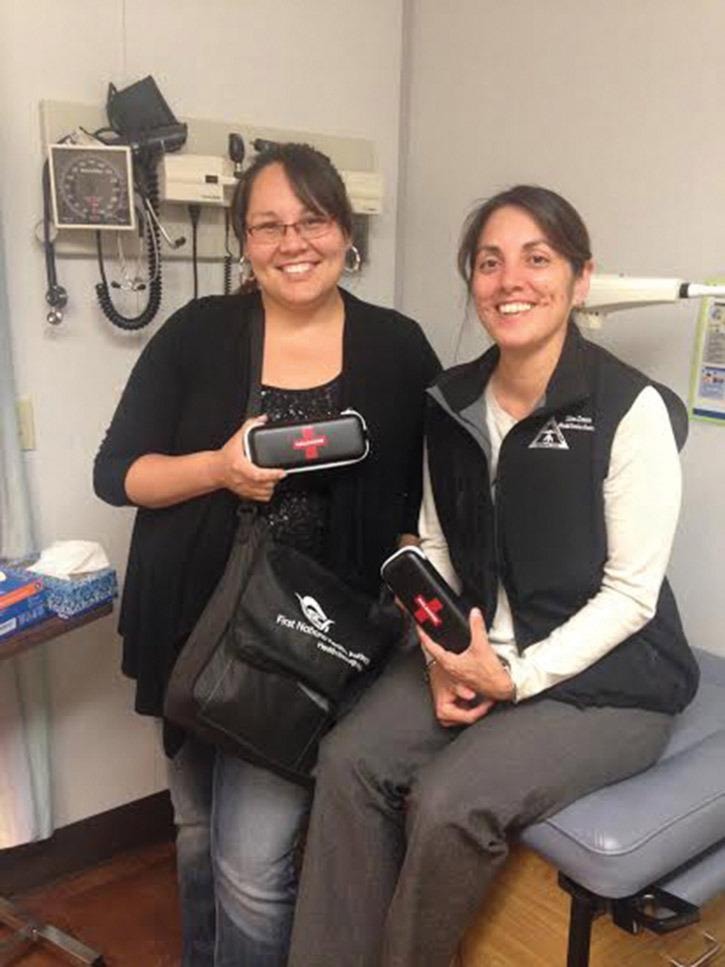Interior Health has expanded its Take Home Naloxone program to 70 sites which includes all Interior Health emergency departments, public health centres, mental health and substance use offices as well as several community agencies.
“Drug-related overdoses and deaths are a huge concern,” said Health Minister Terry Lake. “Interior Health’s expansion of the Take Home Naloxone program could potentially save the life of someone’s friend, parent or child. It is part of B.C.’s comprehensive approach to address this crisis and to do everything we can to prevent future tragedies.”
In emergency departments, the program is offered to patients who are being treated for an opioid overdose.
At public health centres, mental health and substance use offices, and community agencies the program is available to anyone at risk of overdose from opioid drugs.
Opioid drugs include both prescription and illicit drugs such as oxycodone, morphine, heroin, fentanyl and others.
In November 2015 Three Corners Health Society in Williams Lake implemented a take home naloxone program, which is part of the society’s goal to expand mental health supports and services to substance users and their families, said executive director Lori Sellars.
“If provided the opportunity, education, human resources and adequate supports First Nations can address the dramatic increases of drug use within our own population,” Sellars added. “The hope is for our government and health authorities to support training front line health care workers.”
Part of developing the program has involved in-service training with health care staff at T’exelc (Williams Lake), Xat’sull (Soda Creek) and Stwwecem’c Xgat’tem (Canoe Creek) First Nations.
Three Corners also shared information on the program with neighbouring First Nations health staff from Tsq’escenemc (Canim Lake), Esketemc(Alkali Lake), Tl’etinqoz (Anaham), Yunesitl’in (Stone) and Xeni Gwet’in (Nemiah) oat a Hepatitis-C in-service training and graduation ceremony on April 29.
“According to statistics released by the BC Coroners Service in July, there were 371 deaths from illicit drug overdoses in the first half of 2016, up 74 per cent from the same time period in 2015,” Sellars said. “The naloxone program means the treatment is readily available, we can offer this treatment knowing which members in our community need it, and if the relationship and trust exists the program can be successful.”
At most overdoses another drug user is most likely to be present, Sellars said, noting if drug users have access to naloxone they can immediately administer treatment and provide care that reverses an overdose. Naloxone reverses an opioid overdose by restoring breathing within two to five minutes and improves the chances of survival while waiting for medical help to arrive.
It is a safe medication that cannot be abused and has no effect on the body in the absence of opioids.
It is non-addictive, does not produce a high and has no street value.
- With files from Interior Health
